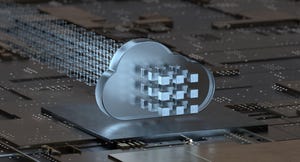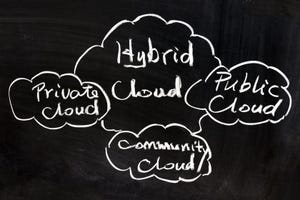Cloud Networking
Cloud networking is the use of cloud computing technologies and services to optimize and manage network infrastructure and resources.
green datacenter concept, blue datacenter with green icons 
Network Infrastructure
From New Sustainability Initiatives to the Bifurcation of Storage: 5 Data Center Trends to Watch in 20255 Data Center Trends to Watch in 2025: From New Sustainability Initiatives to the Bifurcation of Storage
Is it too much of a stretch to say the future of humankind is dependent on data storage? We don't think so.
byThomas Cornely, Senior Vice President of Product Management, Nutanix, Senior Vice President of Product Management
byChad Tindel, Field CTO and VP of Worldwide Solution Architecture, ngrok., Field CTO and VP of Worldwide Solution Architecture
SUBSCRIBE TO OUR NEWSLETTER
Stay informed! Sign up to get expert advice and insight delivered direct to your inbox



























































